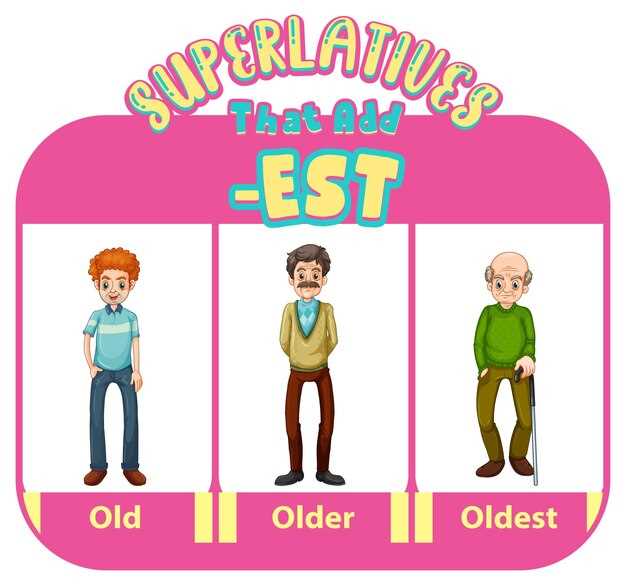
Omeprazole and pantoloc are both medications used to treat conditions related to excess stomach acid production, such as gastroesophageal reflux disease (GERD) and peptic ulcers.
While omeprazole belongs to a class of medications called proton pump inhibitors (PPIs), pantoloc is a type of drug known as a proton pump inhibitor (PPIs). Both omeprazole and pantoloc work by reducing the production of stomach acid, but they have different chemical compositions and may have slightly different side effects.
Indications and Uses
Omeprazole and pantoloc are proton pump inhibitors (PPIs) that are commonly used to treat conditions such as gastroesophageal reflux disease (GERD), ulcers in the stomach and small intestines, and Zollinger-Ellison syndrome. These medications work by reducing the amount of acid produced in the stomach, which helps to relieve symptoms such as heartburn, acid reflux, and stomach pain.
GERD

GERD, or gastroesophageal reflux disease, is a chronic condition where stomach acid flows back into the esophagus, causing symptoms such as heartburn, regurgitation, and chest pain. Omeprazole and pantoloc help to reduce the production of stomach acid, providing relief from symptoms and allowing the esophagus to heal.
Side Effects and Risks

Omeprazole:
Omeprazole may cause several common side effects, including headache, dizziness, diarrhea, constipation, stomach pain, gas, nausea, or vomiting. In rare cases, serious side effects such as severe stomach pain, kidney problems, or allergic reactions may occur. Long-term use of omeprazole can also increase the risk of bone fractures and vitamin B12 deficiency.
Pantoloc:
Pantoloc may also cause common side effects such as headache, dizziness, diarrhea, constipation, stomach pain, gas, and nausea. In some cases, more serious side effects like liver problems, low magnesium levels, or allergic reactions may occur. Prolonged use of Pantoloc may lead to an increased risk of bone fractures and vitamin B12 deficiency.
Risks:
Both omeprazole and Pantoloc belong to the proton pump inhibitor (PPI) class of drugs, which can increase the risk of certain health issues, including infections, kidney disease, hypomagnesemia, and Clostridium difficile-associated diarrhea. It’s essential to use these medications under the supervision of a healthcare provider and to report any unusual side effects promptly.
Side Effects and Risks
When taking omeprazole or pantoloc, it is important to be aware of the potential side effects and risks associated with these medications. Some common side effects may include:
- Headache: Some individuals may experience headaches while taking these medications.
- Nausea: Nausea and stomach upset are possible side effects of omeprazole and pantoloc.
- Diarrhea: Diarrhea can occur as a side effect of these medications.
It is also important to note that long-term use of omeprazole and pantoloc may increase the risk of certain health issues, including:
- Bone Fractures: Prolonged use of these medications may weaken bones and increase the risk of fractures.
- Low Magnesium Levels: Some individuals may experience low magnesium levels while taking omeprazole or pantoloc.
Consult Your Doctor
If you experience any severe or persistent side effects while taking omeprazole or pantoloc, consult your doctor immediately. It is important to discuss any concerns or questions you may have about the potential side effects and risks of these medications with your healthcare provider.
Administration and Dosage
When administering omeprazole or pantoloc, it is important to follow the recommended dosage and administration instructions provided by your healthcare provider. These medications are typically taken orally with or without food.
The dosage of omeprazole and pantoloc may vary depending on the condition being treated and the individual patient’s response to the medication. It is important to take the medication exactly as prescribed and not to change the dosage without consulting your healthcare provider.
| Medication | Recommended Dosage |
|---|---|
| Omeprazole | The usual recommended dose of omeprazole for adults is 20mg to 40mg once daily. The dose may be adjusted based on the individual’s response to treatment. |
| Pantoloc | The typical recommended dose of pantoloc for adults is 40mg once daily. Dosage adjustments may be made by your healthcare provider as needed. |
It is important to take omeprazole and pantoloc regularly to achieve the best results. If you miss a dose, take it as soon as you remember. However, if it is almost time for your next dose, skip the missed dose and continue with your regular dosing schedule. Do not take a double dose to make up for a missed one.
Interactions with Other Drugs
It is important to be aware of potential drug interactions when taking omeprazole or pantoloc. Some medications may interact with these drugs, leading to decreased effectiveness or increased side effects. It is essential to inform your healthcare provider about all the medications you are taking, including prescription, over-the-counter, and herbal supplements.
Common drugs that may interact with omeprazole and pantoloc include:
- Anticoagulants (e.g., warfarin): Omeprazole and pantoloc may increase the risk of bleeding when taken with anticoagulants.
- Clopidogrel: Use of omeprazole may reduce the effectiveness of clopidogrel in preventing heart attacks and strokes.
- Antifungal medications (e.g., ketoconazole): Omeprazole and pantoloc may decrease the absorption of antifungal medications.
- Antiretroviral drugs (e.g., atazanavir, nelfinavir): Omeprazole and pantoloc may reduce the blood levels of antiretroviral drugs.
These are just a few examples of potential drug interactions. It is crucial to consult with your healthcare provider before starting or stopping any medications while taking omeprazole or pantoloc.
